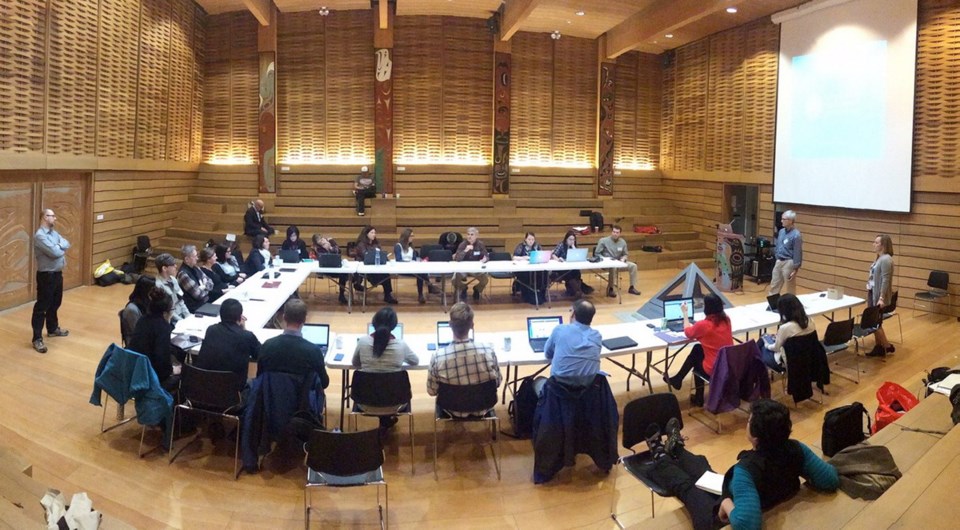A new online hub is launching in Victoria that brings citizens, scientists and indigenous communities together to identify signs of environmental change.
The Local Environmental Observer Network, which has roots in indigenous Alaskan communities, expanded to Victoria, Yellowknife and Ensenada, Mexico, last week.
People can make observations — such as posting photos of sea-star die-offs — and experts will give feedback and help put the observation into context.
“It’s created a community of people who come from different backgrounds and knowledge systems who would never normally have the opportunity to have a conversation,” said founder Mike Brubaker, of the Alaska Native Tribal Health Consortium.
The project started in 2009, when Brubaker and others began charting environmental and climate change by pinning news articles through Google Maps.
“Eventually, we realized we needed to create something that would include local observations, because there isn’t that much news media in many parts of the Arctic. But there are people and communities with expert knowledge about their areas,” he said.
In one example, indigenous communities along an important salmon-spawning stream in western Alaska reported that many of the coho salmon being harvested looked as if they were diseased. “The fishermen were wondering, first and foremost, why is this happening? But also, is it safe to eat and is anyone else experiencing this?” Brubaker said.
One of the fishermen filed the observation through the LEO Network, including internal and external photos of the fish.
The observation was valuable to the scientific community, which might not otherwise have noted the change.
“What [the fisherman] contributed was: I know this fishery — I’ve fished it my entire life. I’ve seen this before, but I’ve never seen so many, so something is wrong,” Brubaker said.
After reviewing the report, staff at a fisheries and pathology laboratory identified two parasites in the fish, related to stress — possibly from warming temperatures — which is part of a trend in Alaskan rivers, but does not affect food safety.
“That was in the draft review stage. Then we published it. And once it was published, there were several other communities who chimed in on the same river system and said: ‘We’re seeing this, too,’ ” Brubaker said.
“All of these different knowledge systems bring something important to understanding these events. And we find there are these synergies that happen when they do meet that can be extremely effective in addressing these problems.”
The network has more than 1,600 members.
In Victoria, the LEO Project has partnered with the First Nations Health Network and the University of Victoria to contact communities. People can also participate by visiting leonetwork.org.
Victoria-based Tom Okey, a Pew Marine Fellow under the Pew Charitable Trusts’ conservation program, is the local co-ordinator reviewing each submission to determine whether it fits the “unusual” category of observation that indicates environmental change, as opposed to expected deaths of an animal, for example.
As a natural scientist, Okey said he knows the limitations of scientific systems designed to identify change. By using local knowledge, the LEO Network seeks to fill those gaps, he said.
“Environmental change is happening so rapidly right now. The systems to trace that aren’t ready for the speed of change,” he said. “Being immersed in a particular location and locality is by far the best way to understand what the perceived baseline environment is and [notice] what the changes are.”



